Exhibition of Shiwan Ceramics from the MAM Collection
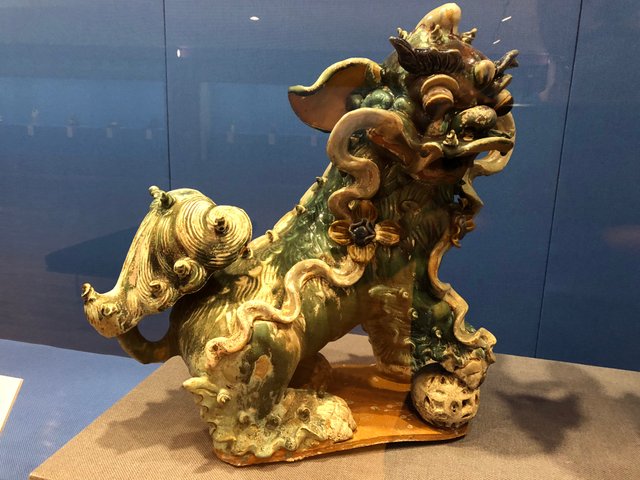

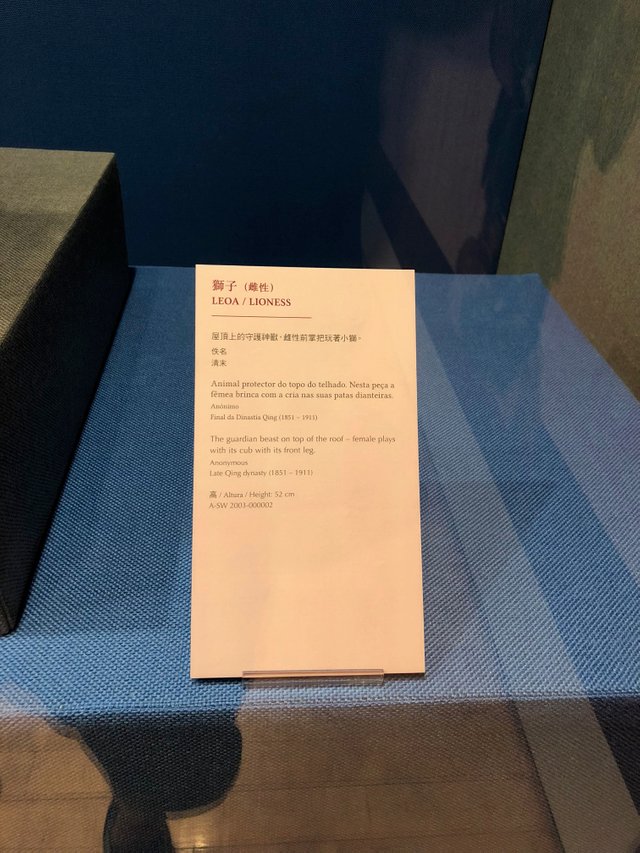
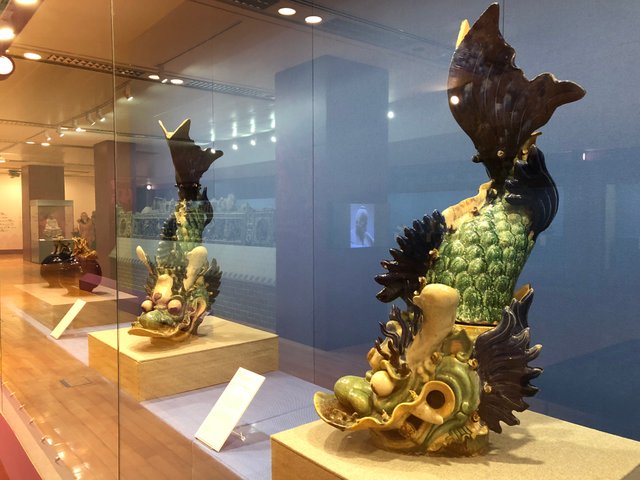
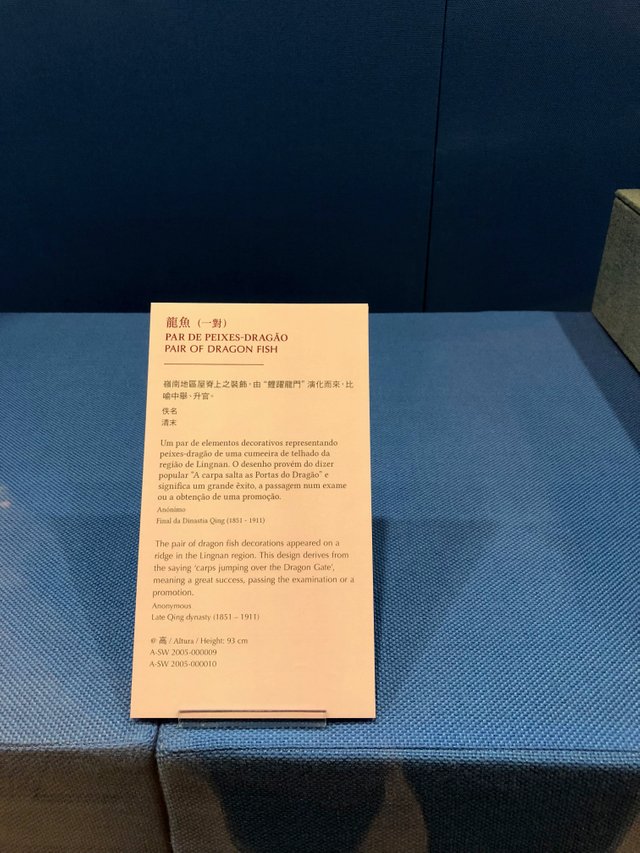
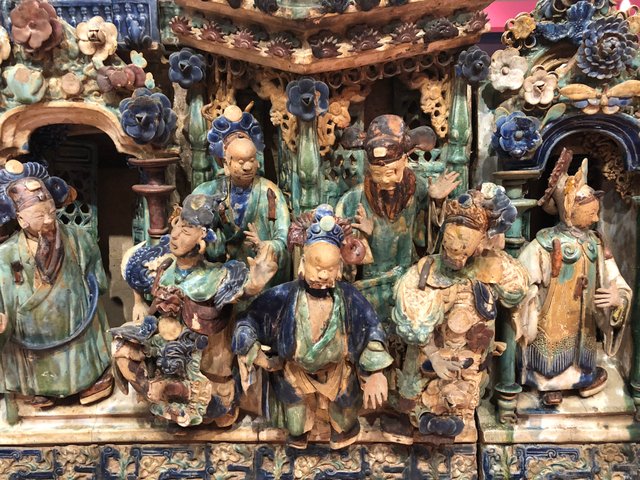
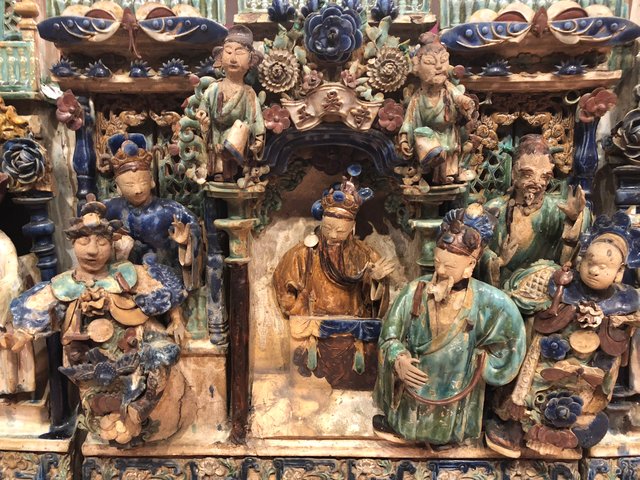
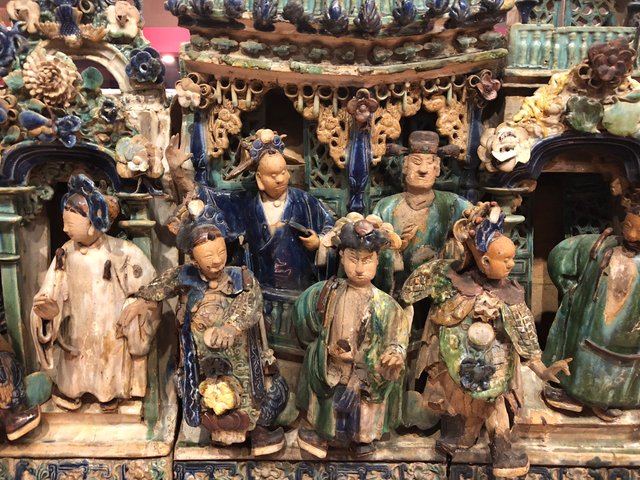
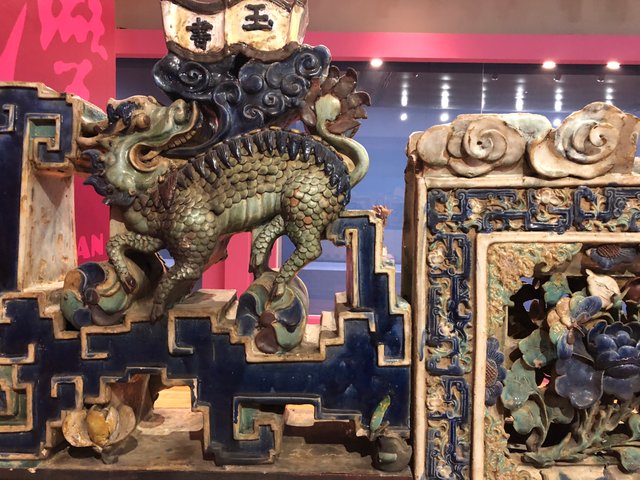
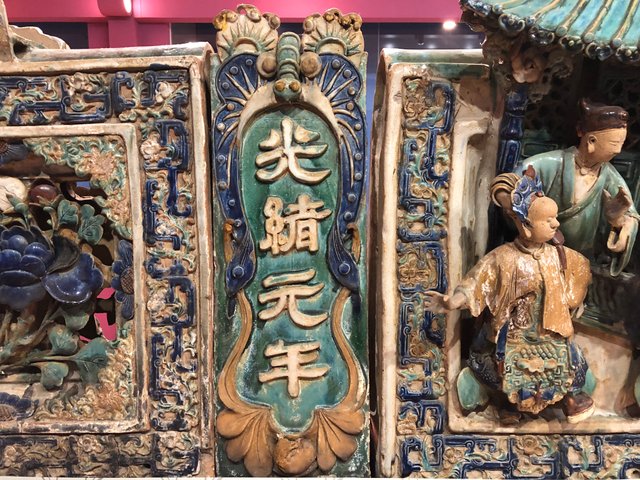
Shiwan is situated in the city of Foshan in the southern part of the Guangdong province of China. During the 16th century or the mid-Ming dynasty, settlers from the middle of China introduced the making of ceramics to Shiwan.
When this extraordinary art integrated with the strong regional characteristics of Guangdong, the Shiwan style was formed. Following the migration of people from Guangdong to overseas lands in the 19th century, Shiwan ceramics have become increasingly popular outside China.
The most outstanding characteristics of Shiwan ceramic art are the richness of its glaze colours and the diversity of the colour tones used. The most popular glazes are white, red and blue. Glazes used in the imitation of antiques from kilns such has Jun, Guan and Ge, and those uniquely created by Shiwan such as the pomegranate red and Jun blue contribute to create a rich artistic effect and a strong regional style.
Shiwan ceramic artists skillfully bring life to their creations by using glazes of different colours to paint the costumes, while unglazed clay is used to express the fine texture of face and hands, a characteristic which also distinguished Shiwan ceramics and which is still present in contemporary Shiwan ceramics.
The most common motifs of the ceramic figurines were figures from legends, operas or novels. However, from the mid-19th century to the beginning of the 20th century, motifs diversified to include historical figures, national heroes, ordinary town folks, bust statues, nude statues and statues of foreign children. The innovative motifs and the skills learned from Western sculpture enriched the imagination and technique of the ceramic workers. The representative work of this ‘thematic revolution’ is, for example, the series of large-scale ceramic figurines created by Pan Yushu from the collection of the Macao Museum of Art.
The large-scale figurines by Pan Yushu belonged to a Portuguese collector, Mr. Manuel da Silva Mendes (1876 - 1931). In the beginning of the 20th century, he commissioned a series of statues from the famous Shiwan ceramic artists Pan Yushu and Chen Weiyan. Because of this, the Macao Museum of Art has had the opportunity to include in its valuable collections the most premier representative works of this innovative period of Shiwan ceramic art.
From: http://www.mam.gov.mo/e/exhibition/1/detail/93d2b89f-f4d1-40d4-a3aa-f52ec34e21da